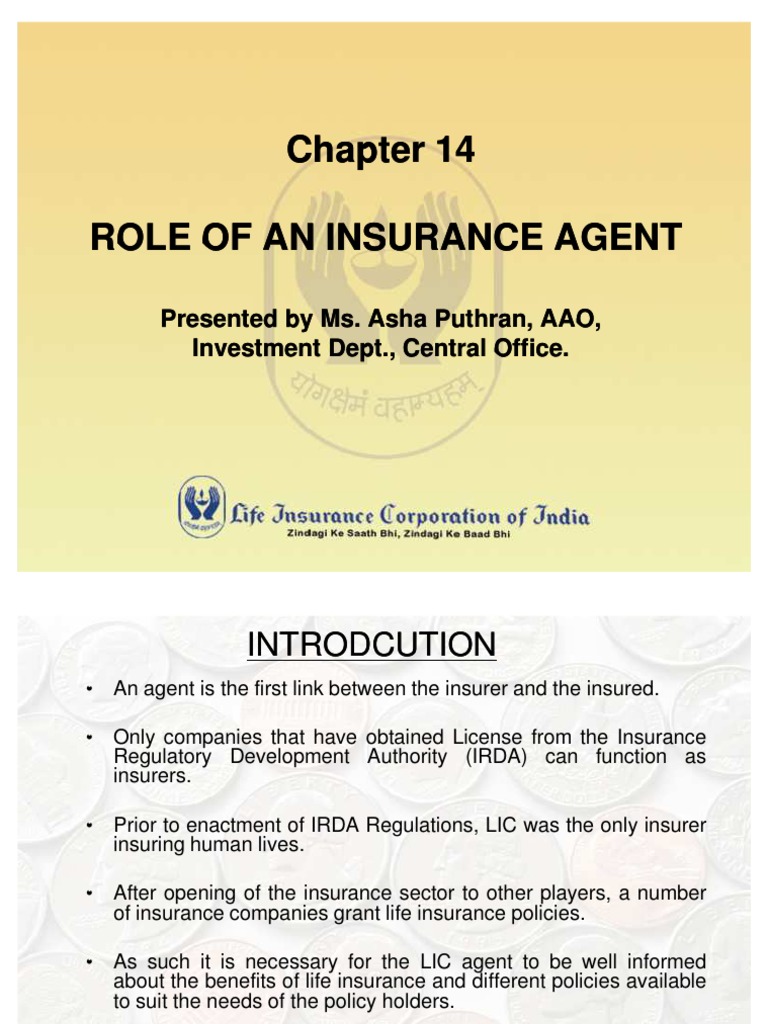Pacific Prime Things To Know Before You Buy
Table of ContentsEverything about Pacific PrimePacific Prime Things To Know Before You Get ThisThe Buzz on Pacific PrimeThe Ultimate Guide To Pacific PrimeGet This Report on Pacific Prime

This is because the information were accumulated for a duration of strong financial efficiency. Of the approximated 42 million individuals who were uninsured, almost regarding 420,000 (regarding 1 percent) were under 65 years of age, the age at which most Americans become eligible for Medicare; 32 million were adults in between ages 18 and 65, about 19 percent of all adults in this age; and 10 million were kids under 18 years of age, concerning 13.9 percent of all children (Mills, 2000).
These quotes of the number of persons without insurance are produced from the yearly March Supplement to the Present Population Survey (CPS), carried out by the Demographics Bureau. Unless otherwise noted, nationwide price quotes of individuals without medical insurance and proportions of the population with different sort of coverage are based on the CPS, one of the most widely utilized resource of estimates of insurance policy protection and uninsurance rates.
The Best Strategy To Use For Pacific Prime

Still, the CPS is specifically beneficial since it creates annual estimates reasonably promptly, reporting the previous year's insurance policy protection estimates each September, and because it is the basis for a regular collection of quotes for greater than 20 years, enabling evaluation of trends in insurance coverage in time. For these reasons, along with the extensive use the CPS in other studies of insurance policy coverage that are offered in this record, we rely upon CPS price quotes, with restrictions noted.

The price quote of the number of without insurance people expands when a populace's insurance standing is tracked for a number of years. Over a three-year duration starting early in 1993, 72 million people, 29 percent of the U.S. https://peatix.com/user/21635503/view. populace, lacked insurance coverage for at the very least one month. Within a solitary year (1994 ), 53 million individuals experienced see post a minimum of a month without coverage (Bennefield, 1998a)
Six out of every ten without insurance grownups are themselves utilized. Although functioning does improve the possibility that and one's family members will have insurance policy, it is not a warranty. Even members of family members with two permanent breadwinner have virtually a one-in-ten possibility of being uninsured (9.1 percent uninsured price) (Hoffman and Pohl, 2000).
The 7-Minute Rule for Pacific Prime
New immigrants represent a substantial proportion of individuals without wellness insurance coverage. One evaluation has connected a significant section of the recent development in the dimension of the U.S. uninsured populace to immigrants that arrived in the nation in between 1994 and 1998 (Camarota and Edwards, 2000). Current immigrants (those that concerned the United States within the past four years) do have a high price of being without insurance (46 percent), however they and their children represent simply 6 percent of those without insurance coverage country wide (Holahan et al., 2001).
The partnership in between medical insurance and access to care is well developed, as documented later in this chapter. Although the partnership between medical insurance and health outcomes is neither direct nor basic, an extensive medical and health services research study literature links medical insurance protection to better accessibility to care, much better high quality, and enhanced personal and population wellness standing.
Degrees of analysis for examining the results of uninsurance. This discussion of wellness insurance protection focuses mainly on the united state population under age 65 because virtually all Americans 65 and older have Medicare or various other public coverage. It focuses particularly on those without any kind of health insurance policy for any type of length of time.
An Unbiased View of Pacific Prime
The issues dealt with by the underinsured are in some respects comparable to those dealt with by the uninsured, although they are usually less severe. Wellness insurance coverage, however, is neither essential nor sufficient to obtain access to clinical solutions. The independent and direct result of health and wellness insurance policy coverage on accessibility to health and wellness services is well developed.
Others will get the healthcare they require even without wellness insurance policy, by spending for it out of pocket or seeking it from companies that provide treatment complimentary or at extremely subsidized prices. For still others, wellness insurance policy alone does not ensure invoice of care due to other nonfinancial obstacles, such as an absence of wellness care companies in their area, limited access to transport, illiteracy, or linguistic and cultural distinctions.
All About Pacific Prime
Official study about uninsured populaces in the USA dates to the late 1920s and early 1930s when the Committee on the Expense of Medical Treatment generated a series of reports about financing medical professional office sees and hospital stays. This issue ended up being prominent as the varieties of clinically indigent climbed throughout the Great Depression.